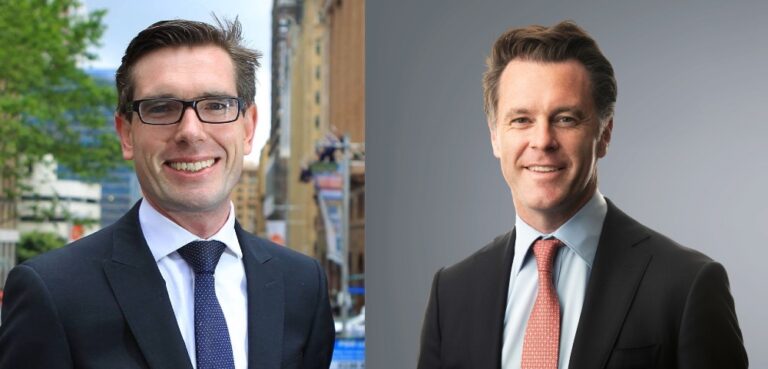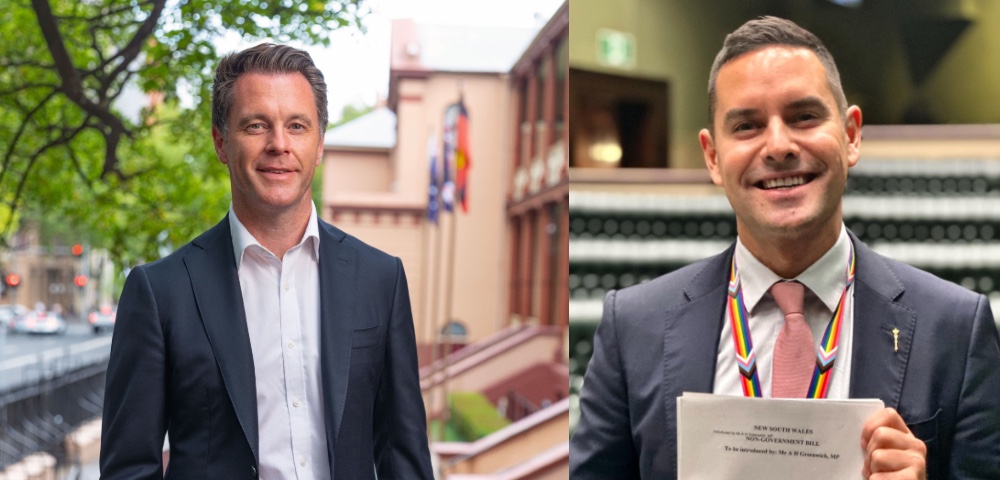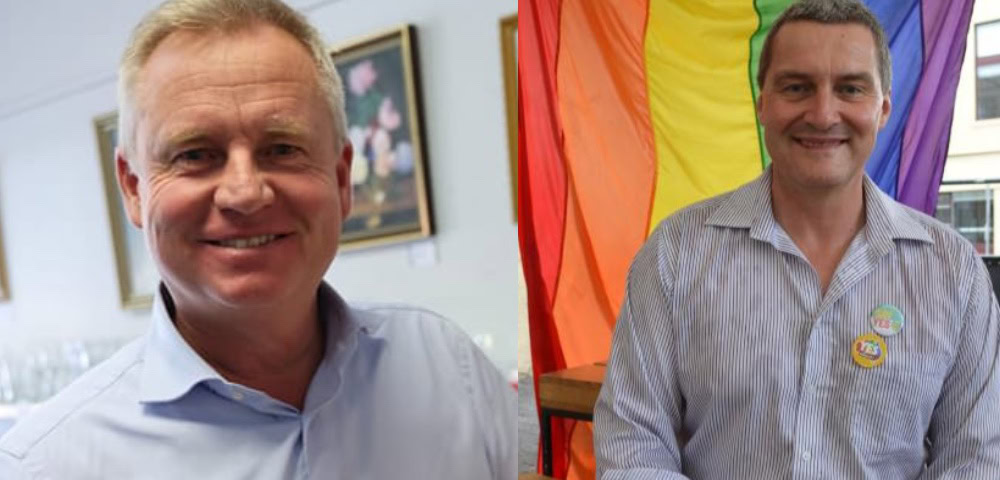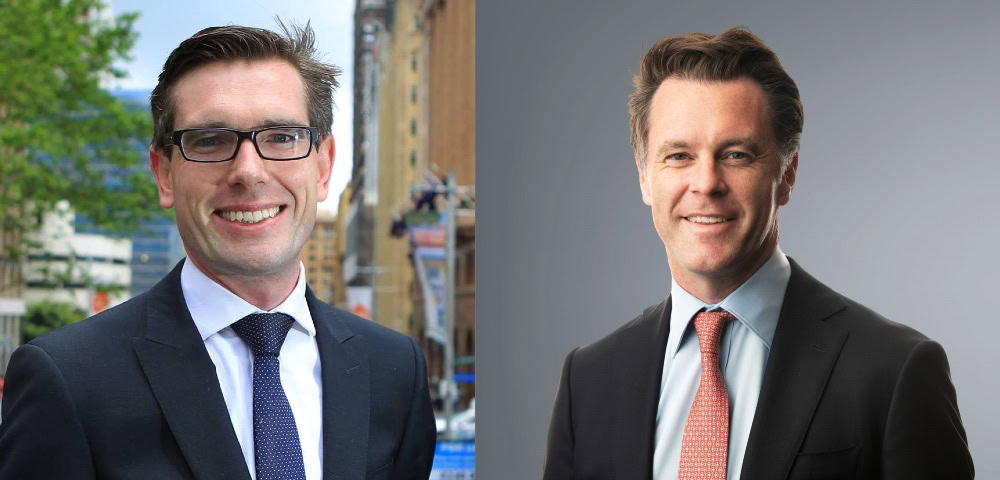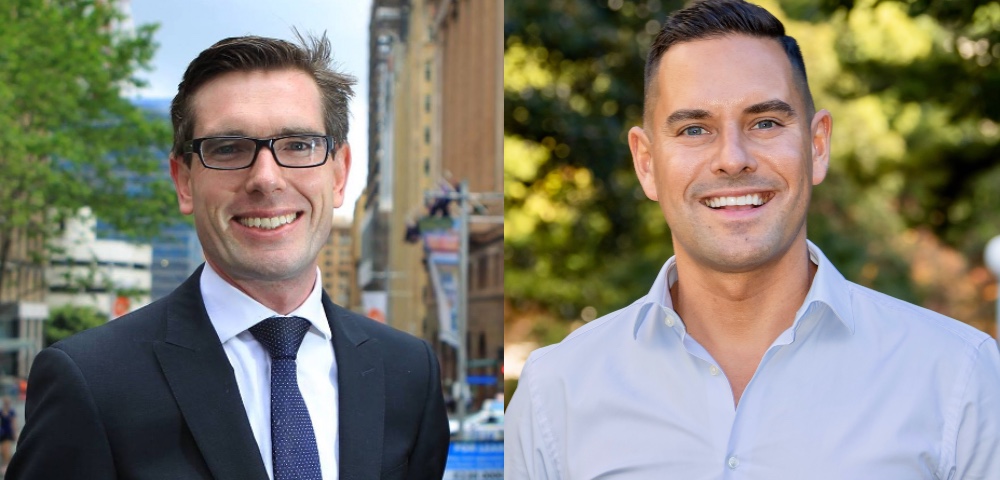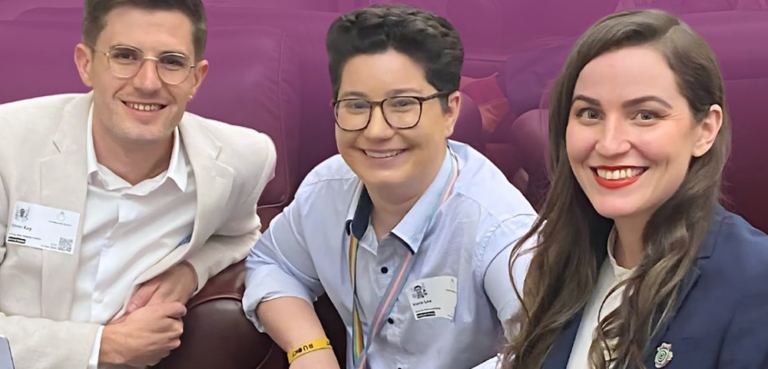
Surviving Conversion Practices
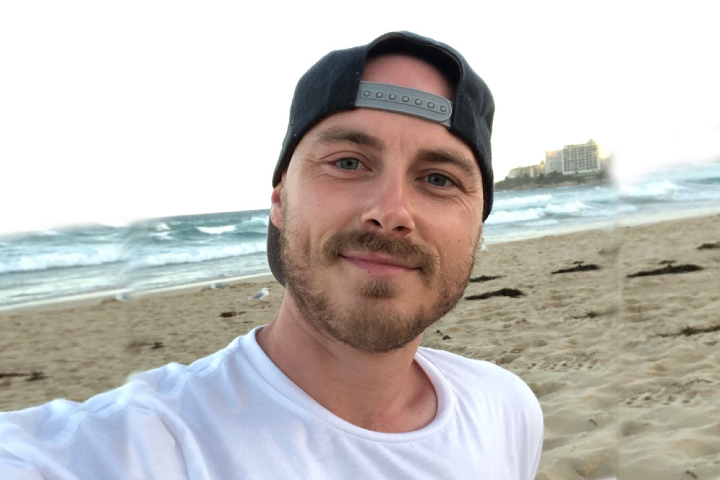
I was 10 when I first began absorbing messages about the ‘dysfunctional’ nature of LGBTQI people. Things that I listened to in my faith community, from the pulpit, and conversations I overheard between adults taught me that people who were not heterosexual and cis-gender were ‘broken’. As I entered my teenage years, I became increasingly terrified as the realisation grew that I was one of those ‘broken’ people.
I asked for help from my faith community at 16, and soon started Christian counselling, which attempted to draw a link between a number of childhood experiences, the relationships I had with my parents, and my sexuality.
I spent the next seven years deeply involved in the conversion movement, engaging in numerous practices and attempts to get rid of my homosexuality, each year becoming more damaged by my efforts.
I tried to starve the homosexuality out by removing every form of temptation – I stopped speaking to most men my age and regularly sabotaged my friendships with people if they became too close. I became extremely distressed with everyday physical touch and my own natural body functions.
At 23, I was well and truly dysfunctional, not because of my sexual orientation, but because of the excruciating fear, self-loathing and denial that those early messages had borne in me. I began praying that God would either heal me or kill me, and I meant it.
Thankfully, I survived those seven years, and have had the privilege of now using my experiences to push for change across the nation.
So far, two states have passed legislation ‘banning’ conversion practices. While many celebrated Queensland’s ‘ban’ as the first in Australia, it is one of the weakest legislative responses in the world as it limits its scope to formal therapeutic contexts – which is not where the harm is occurring.
The ‘typical’ survivor of conversion practices in 2020, as described by advocacy groups SOGICE Survivors and Brave Network, is an LGBTQI adult that has either grown up in, or joined, a faith community that has regularly communicated conversion ideology. Either through a direct request for help or via a referral, a religious or pastoral leader meets with the recipient over a period of time for prayer or ‘pastoral care’ in order to change or suppress their LGBTQI identity. This practitioner may claim to be ‘ex-gay’ or ‘ex-trans’ themselves. Conversations often explore childhood trauma, abuse or developmental issues to determine a ‘cause’ for their sexual orientation or gender identity.
This is all fuelled by seductive messages in books, online materials and the occasional conference or gathering featuring ‘success stories’ of people who claim to have become straight or cis-gendered.
Legislation must be designed with this survivor in mind – not hyperreal historical caricatures, like those recently seen in movies and TV shows.
Broadly, successful legislation must affirm that LGBTQI people are not ‘broken’ or ‘disordered’, ban practices in formal and informal settings (paid or unpaid), protect children and adults, and prohibit the false, misleading, pseudoscientific claims that drive conversion practices. It must target practitioners without requiring survivors to drive difficult complaints processes, ‘prove’ harm, or be exposed to their abusers through unnecessary conciliation meetings.
It is time for Australian governments to honour the advocacy work of Australian survivor groups by adopting our recommendations. Every state and territory must finally draw a line under the age-old myth that queer people are disordered.
We are proud, we are resilient, and we are not going anywhere.
If you need support, visit www.qlife.org.au. Survivors of conversion practices are encouraged to seek support at www.thebravenetwork.org


